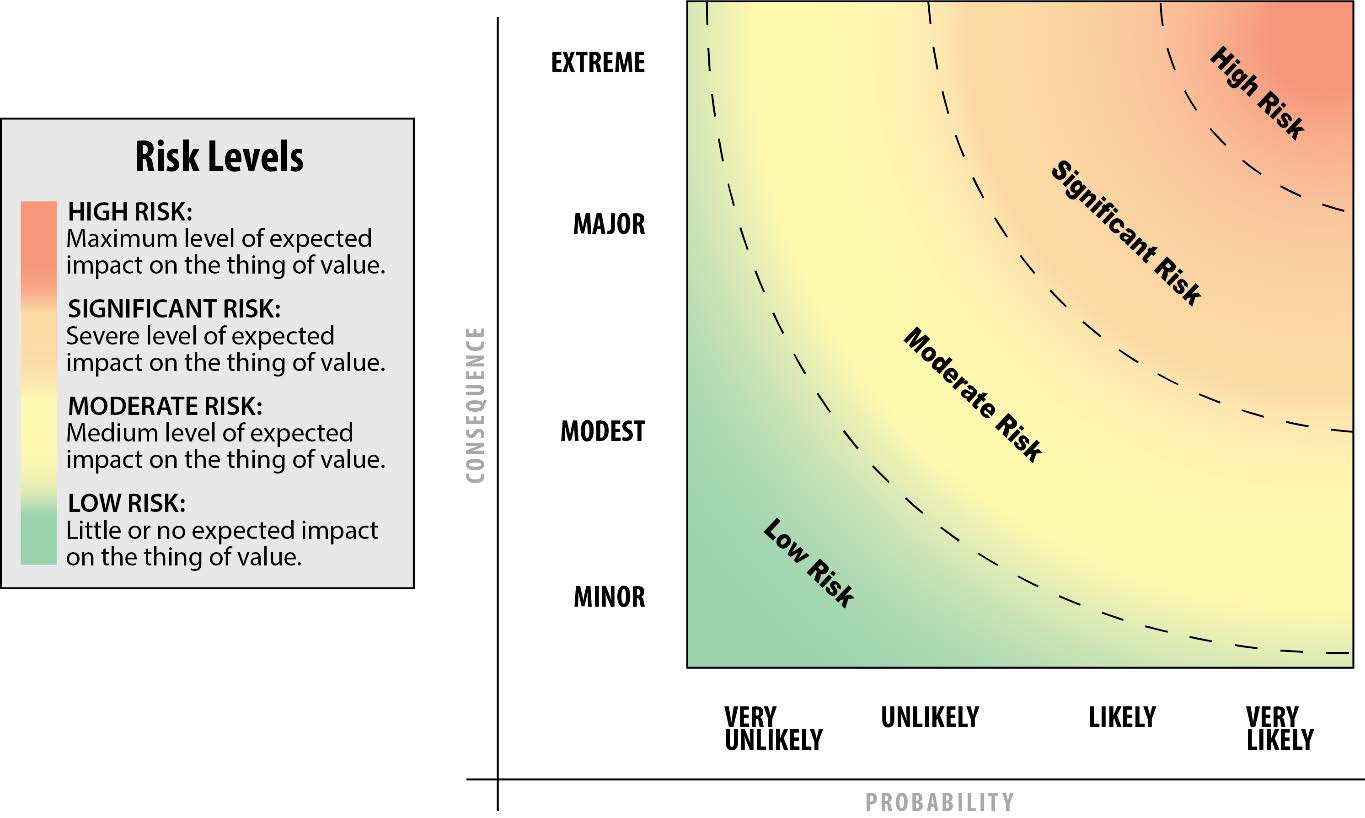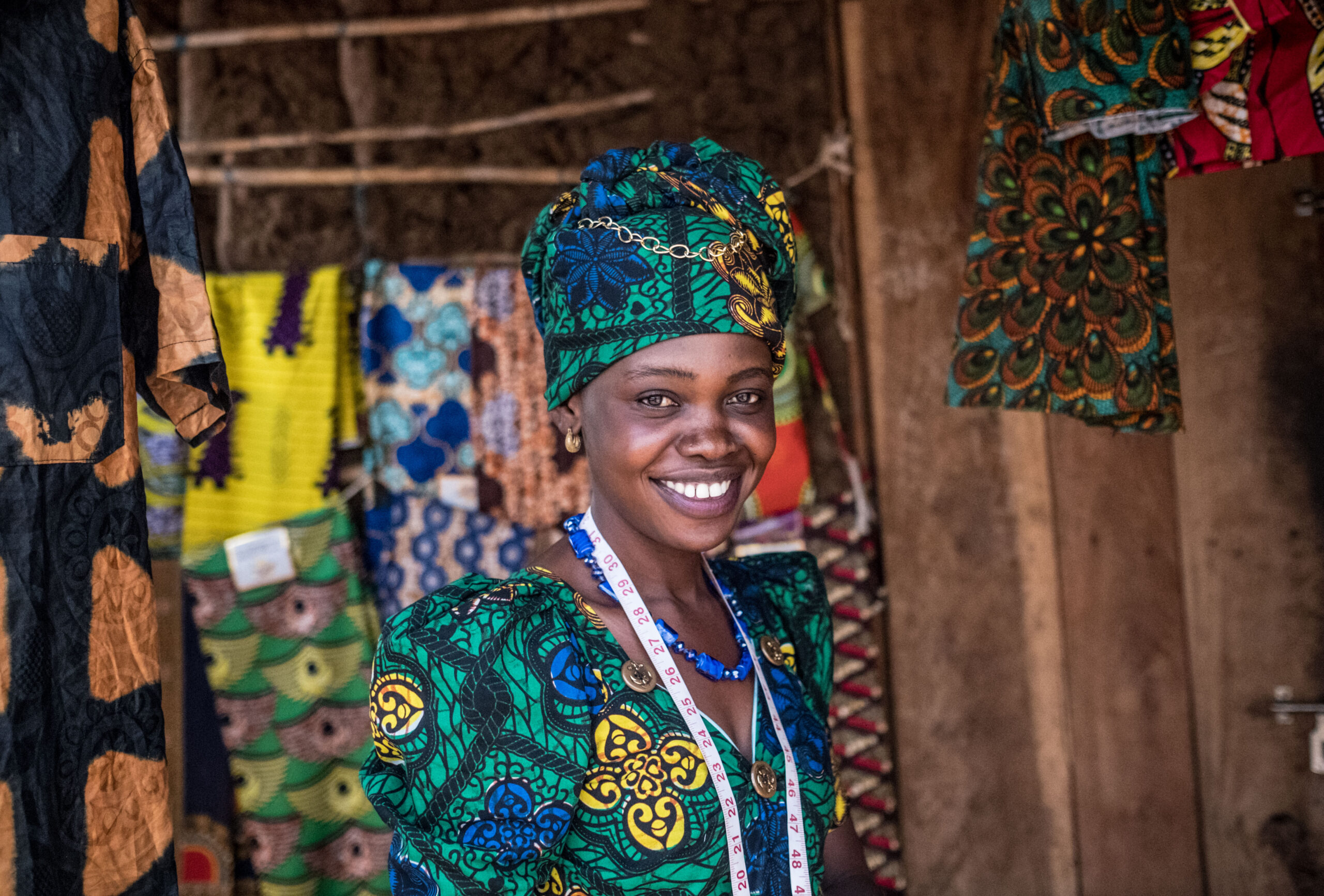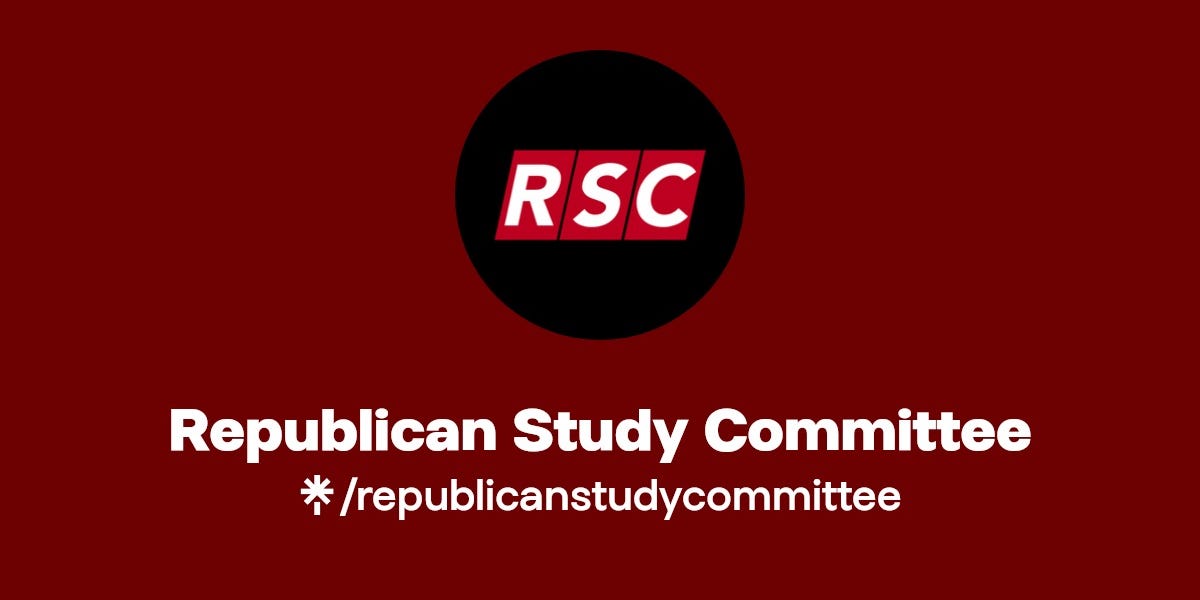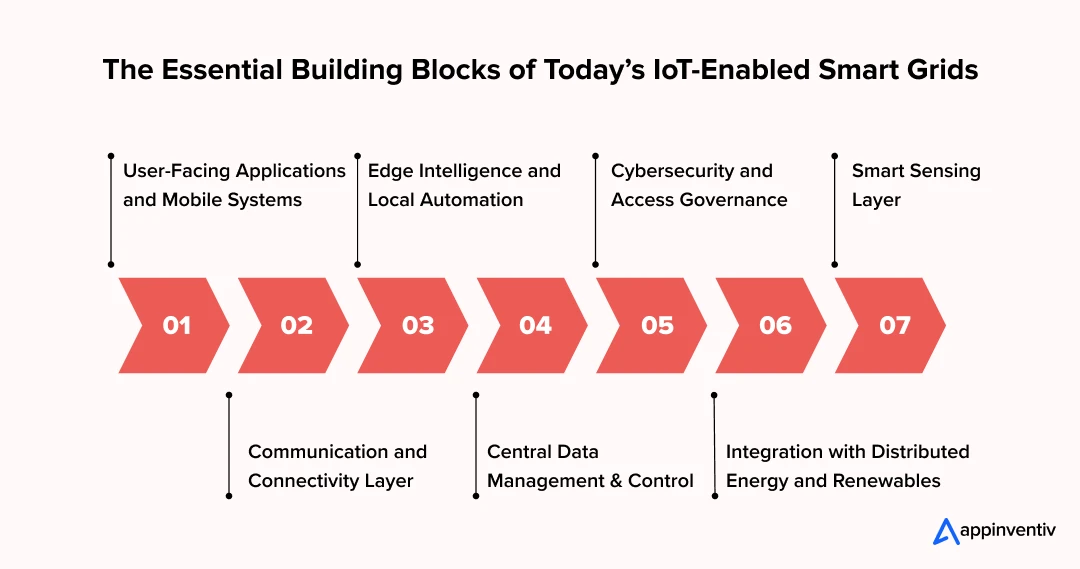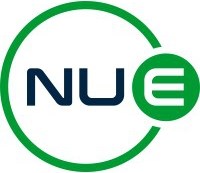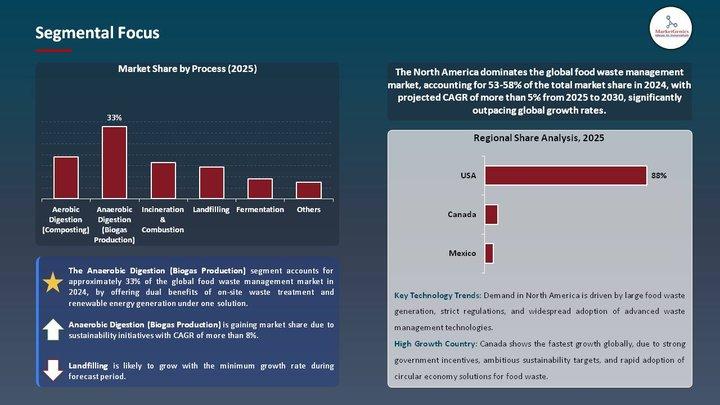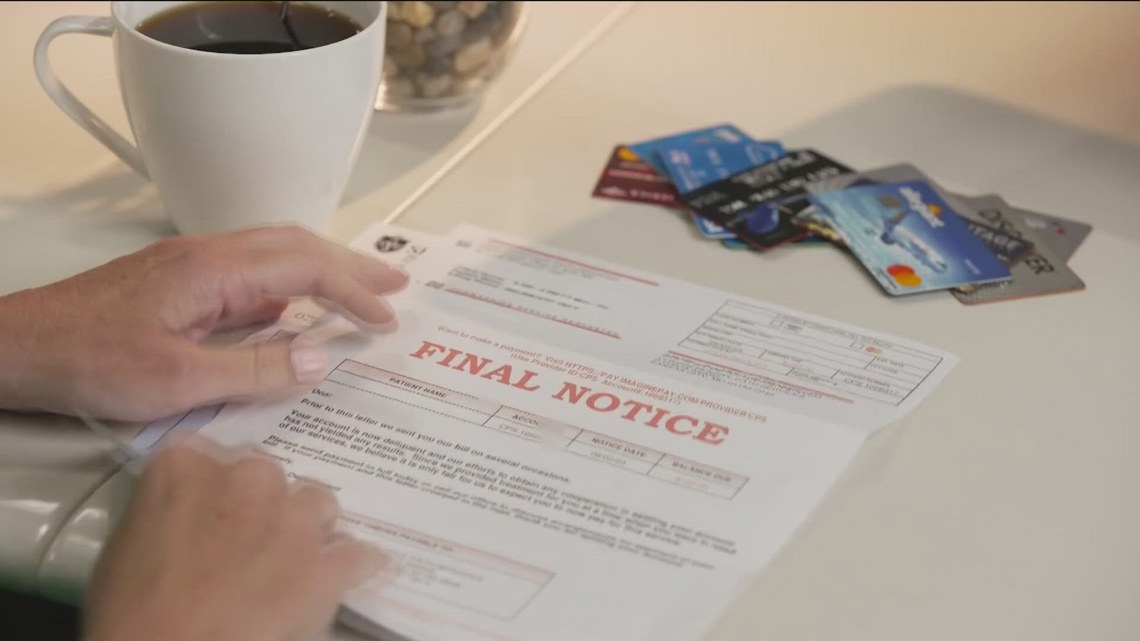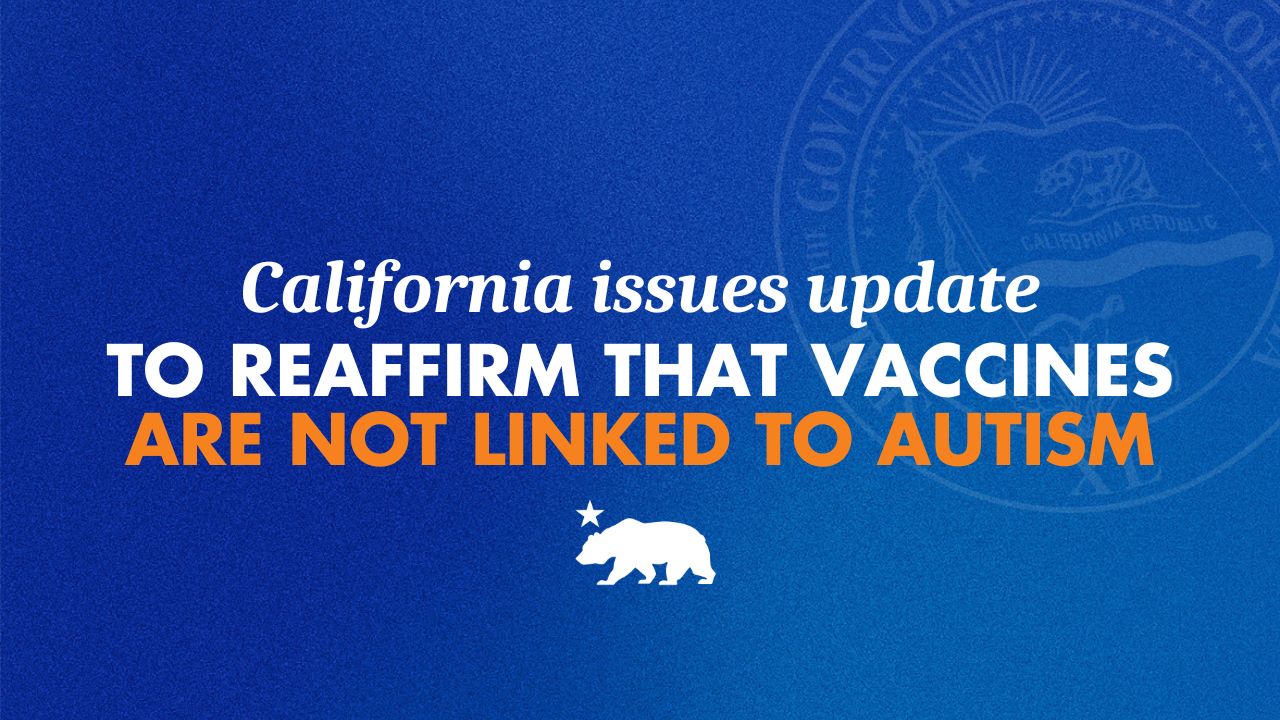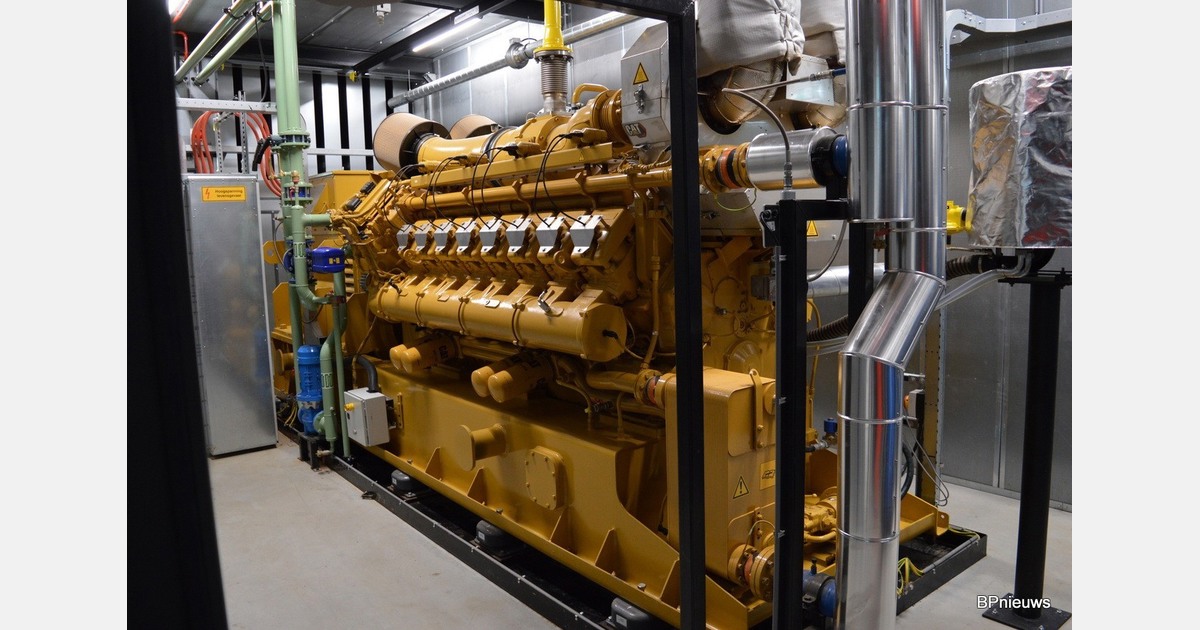A tax credit for home insulation, air conditioners and heat pumps ends soon. Here’s what to know – WHYY
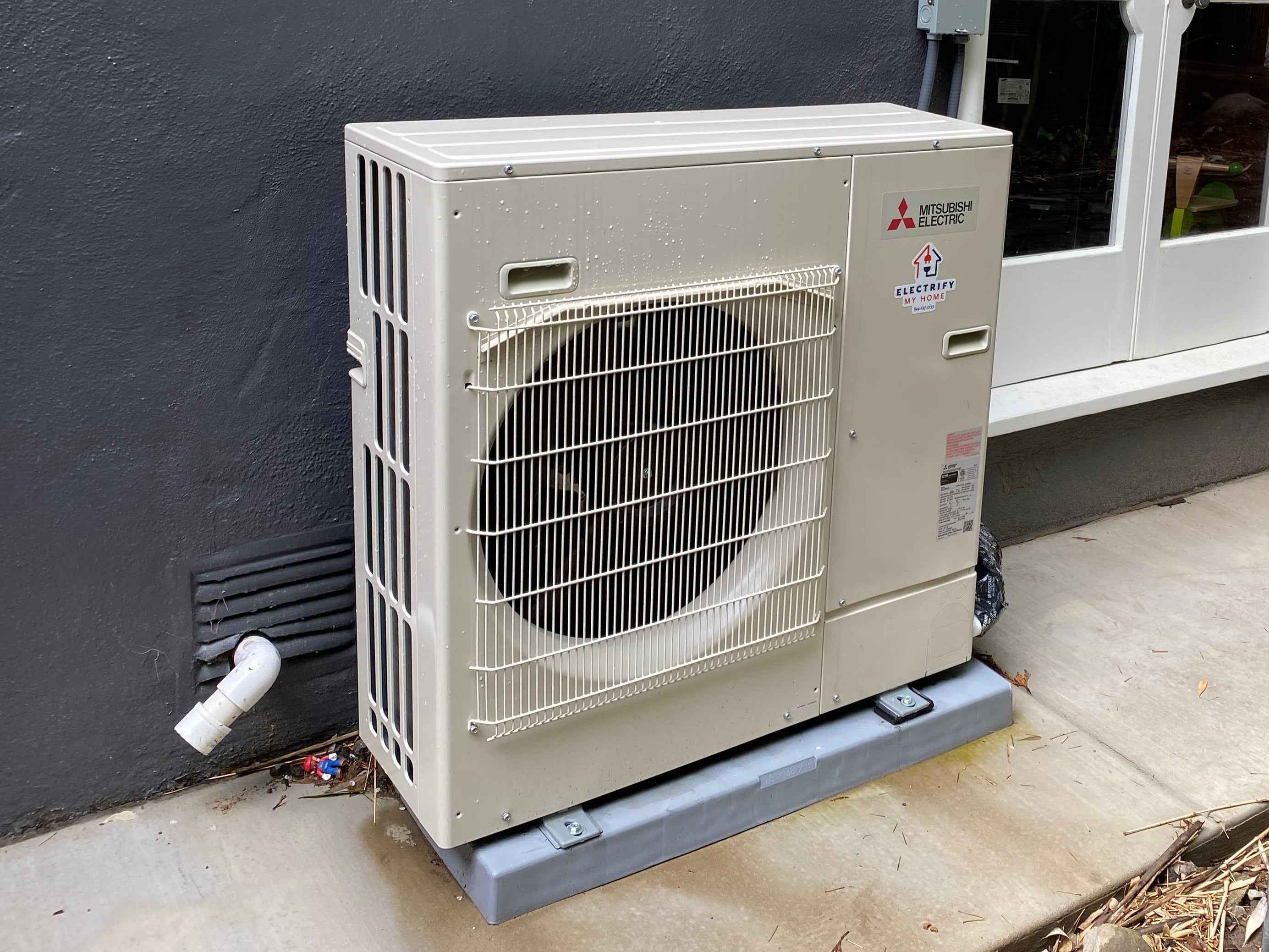
Report on the Expiration of the Energy Efficient Home Improvement Credit and its Impact on Sustainable Development Goals
Introduction and Overview
A federal initiative, the Energy Efficient Home Improvement Credit, is set to expire on December 31. This report analyzes the program’s provisions, its termination, and its significant alignment with several United Nations Sustainable Development Goals (SDGs), particularly those concerning energy, sustainable communities, and climate action. The credit, expanded under the 2022 Inflation Reduction Act, was designed to incentivize residential energy efficiency upgrades but was subsequently curtailed by the “One Big Beautiful Bill Act.” The impending deadline presents a final opportunity for households to leverage this financial instrument to advance sustainability objectives.
Alignment with SDG 7: Affordable and Clean Energy
The tax credit directly supports SDG 7, which aims to ensure access to affordable, reliable, sustainable, and modern energy for all. By reducing the financial burden of energy-efficient upgrades, the program makes sustainable energy practices more accessible to a wider population.
Financial Incentives for Energy Efficiency
The program provides a nonrefundable tax credit of up to $3,200, covering 30% of the cost of qualifying expenses. This incentive directly addresses Target 7.3 of the SDGs, which calls for doubling the global rate of improvement in energy efficiency. In the 2023 tax year, the credit resulted in approximately $205 million in savings for households across Pennsylvania, Delaware, and New Jersey, demonstrating its role in making clean energy investments more affordable.
Eligible Improvements for Sustainable Energy Consumption
The credit covers a range of improvements critical for reducing household energy consumption and promoting cleaner energy sources. Eligible expenditures include:
- Home energy audits (up to $150)
- Building envelope improvements, such as insulation and air sealing (up to $1,200)
- Energy-efficient exterior windows and doors
- High-efficiency central air conditioners and heaters (up to $600)
- Electric heat pumps, a key technology for decarbonization (up to $2,000)
Contribution to SDG 11 and SDG 12
The initiative contributes to SDG 11 (Sustainable Cities and Communities) and SDG 12 (Responsible Consumption and Production) by promoting the development of a more sustainable and resilient residential building stock.
Enhancing Urban Sustainability (SDG 11)
By encouraging homeowners to improve their building’s thermal envelope through insulation and air sealing, the credit helps reduce the overall energy demand of communities. This contributes to Target 11.6, which aims to reduce the adverse per capita environmental impact of cities. A more energy-efficient housing stock lessens the strain on energy grids and reduces urban pollution.
Promoting Responsible Consumption (SDG 12)
The program incentivizes the consumption of sustainable goods and technologies, such as high-efficiency appliances and advanced insulation materials. This fosters a market for products that have a lower environmental impact over their lifecycle, aligning with the principles of responsible consumption and production.
Advancing SDG 13: Climate Action
The primary environmental benefit of the tax credit is its direct contribution to SDG 13 (Climate Action). By reducing household energy use, the program helps mitigate greenhouse gas emissions, a critical step in combating climate change.
Mitigating Climate Change Through Residential Action
Improvements like weatherization and the installation of energy-efficient equipment directly lower a home’s carbon footprint. Expert analysis confirms that these measures offer a significant return on investment through energy savings, reinforcing their viability as a climate solution. The promotion of technologies like heat pumps is particularly impactful, as they offer a climate-friendly alternative to fossil fuel-based heating systems.
Procedural Recommendations and Final Deadline
Expert Guidance for Maximizing Impact
To effectively utilize the credit and achieve sustainability goals, experts recommend a strategic approach:
- Conduct a Professional Home Energy Audit: A certified auditor can identify key areas of energy loss, ensuring that investments are targeted for maximum impact.
- Prioritize Weatherization: Sealing air leaks and improving insulation provide the most significant and cost-effective improvements in energy efficiency and home comfort.
- Evaluate Equipment Upgrades: Consider replacing inefficient heating and cooling systems, particularly if they are near the end of their operational life.
Urgency of Action
All qualifying improvements must be installed by December 31. Industry professionals report that while there is still time to complete projects such as energy audits and weatherization, contractor availability is becoming limited. Households are advised to act promptly to schedule necessary work before the program’s expiration.
Analysis of Sustainable Development Goals in the Article
1. Which SDGs are addressed or connected to the issues highlighted in the article?
The article on home energy efficiency tax credits connects to several Sustainable Development Goals (SDGs) by promoting actions that reduce energy consumption, combat climate change, and encourage sustainable living practices. The primary SDGs addressed are:
- SDG 7: Affordable and Clean Energy: The core theme of the article is improving energy efficiency in homes, which is a key component of this goal.
- SDG 13: Climate Action: By encouraging reduced energy use and the adoption of “climate-friendly” technologies like heat pumps, the article directly addresses measures to mitigate climate change.
- SDG 11: Sustainable Cities and Communities: The home improvements discussed contribute to making housing more sustainable, energy-efficient, and resilient.
- SDG 12: Responsible Consumption and Production: The article promotes more sustainable consumption patterns by encouraging households to use less energy.
2. What specific targets under those SDGs can be identified based on the article’s content?
Based on the article’s focus on government incentives for energy efficiency, several specific SDG targets can be identified:
- Target 7.3 (under SDG 7): “By 2030, double the global rate of improvement in energy efficiency.”
- Explanation: The article is entirely focused on measures to improve energy efficiency at the household level. It details specific improvements like “insulation, air sealing, energy-efficient windows, exterior doors, new central air conditioners, energy-efficient heaters and heat pumps.” The expert recommendation to start with the “building shell, the building envelope… to really make significant improvement in reducing your energy use” directly supports this target.
- Target 13.2 (under SDG 13): “Integrate climate change measures into national policies, strategies and planning.”
- Explanation: The article explicitly names the national policies designed to encourage these climate-friendly actions: the “federal Energy Efficient Home Improvement Credit” and the “2022 Inflation Reduction Act.” These policies represent a clear integration of climate change mitigation measures into national financial and energy strategy.
- Target 11.6 (under SDG 11): “By 2030, reduce the adverse per capita environmental impact of cities…”
- Explanation: By incentivizing individual households to reduce their energy consumption, the policies discussed in the article contribute to lowering the overall energy demand and, consequently, the environmental footprint of communities. The article notes that weatherization measures “pay for themselves in energy savings,” highlighting a direct reduction in resource use at the household level, which collectively reduces the per capita impact.
- Target 7.a (under SDG 7): “By 2030, enhance international cooperation to facilitate access to clean energy research and technology… and promote investment in energy infrastructure and clean energy technology.”
- Explanation: While the scope is national, the principle is the same. The tax credit acts as a government mechanism to “promote investment” by households in clean energy technology. The article mentions a tax credit of up to “$2,000 for a heat pump,” which it describes as a “climate-friendly” option, directly encouraging investment in modern, efficient energy technology.
3. Are there any indicators mentioned or implied in the article that can be used to measure progress towards the identified targets?
Yes, the article contains both explicit and implied indicators that can be used to measure progress:
- Financial flows for energy efficiency (Implied Indicator for Target 7.a):
- Explanation: The article provides a specific financial figure: “The energy efficiency tax credits saved households in Pennsylvania, Delaware and New Jersey roughly $205 million in tax year 2023.” This amount serves as a direct indicator of the financial resources mobilized by the government policy to promote investment in energy efficiency and clean technology.
- Adoption of national climate change policies (Indicator for Target 13.2):
- Explanation: The existence of the policies themselves is an indicator. The article names the “Energy Efficient Home Improvement Credit” and the “Inflation Reduction Act” as the legislative tools being used. The establishment and implementation of such national policies are a primary measure of progress for this target.
- Reduction in household energy consumption (Implied Indicator for Targets 7.3 and 11.6):
- Explanation: The article implies this indicator by discussing the purpose of the home improvements. It quotes an expert saying the goal is to “make significant improvement in reducing your energy use.” Furthermore, the recommendation for a “home energy audit” to “find the places your home is losing heat” is a direct step toward measuring and subsequently reducing household energy consumption. The ultimate success of these measures would be tracked by data on reduced energy use per household.
- Uptake of energy-efficient technologies (Implied Indicator for Targets 7.3 and 12.2):
- Explanation: The article lists a variety of eligible purchases and services, including “insulation,” “air sealing,” “energy-efficient windows,” “heat pumps,” and “energy-efficient heaters.” The number of households that install these specific technologies, spurred by the tax credit, would be a clear indicator of the shift towards more efficient consumption patterns and the rate of improvement in energy efficiency.
4. Summary Table of SDGs, Targets, and Indicators
| SDGs | Targets | Indicators |
|---|---|---|
| SDG 7: Affordable and Clean Energy | 7.3: Double the global rate of improvement in energy efficiency. | Implied: Reduction in household energy consumption following improvements; Number of households installing energy-efficient technologies (insulation, heat pumps, etc.). |
| SDG 13: Climate Action | 13.2: Integrate climate change measures into national policies, strategies and planning. | Mentioned: The existence and implementation of the “Energy Efficient Home Improvement Credit” and the “Inflation Reduction Act.” |
| SDG 11: Sustainable Cities and Communities | 11.6: Reduce the adverse per capita environmental impact of cities. | Implied: Reduction in energy use per household or per capita within a community as a result of weatherization and efficiency upgrades. |
| SDG 7: Affordable and Clean Energy | 7.a: Promote investment in energy infrastructure and clean energy technology. | Mentioned: The value of tax credits claimed ($205 million in PA, DE, and NJ), representing a financial flow to promote investment in energy efficiency. |
Source: whyy.org
What is Your Reaction?
 Like
0
Like
0
 Dislike
0
Dislike
0
 Love
0
Love
0
 Funny
0
Funny
0
 Angry
0
Angry
0
 Sad
0
Sad
0
 Wow
0
Wow
0
